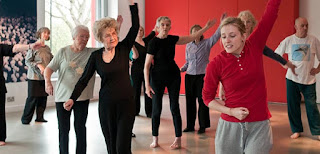In the last few years, research on the use of
biochemical markers of bone turnover has greatly improved. Among the several
available bone turnover markers, monitoring serum C-terminal cross-linked
telopeptides is one of the most accurate one.
Manual and
automated immunoassays are available for the measurement of CTX, which show high
analytical performance. However, they are very expensive, time-consuming and
require technical experts to perform the CTX assay.
Different research groups have proposed novel
immunosensing methods to detect CTX biomarker. It is a hope that the
development of a rapid and inexpensive point-of-care device can aid in
monitoring the bone metabolism more frequently, which can be helpful in
indicating the early stages of bine loss.





























